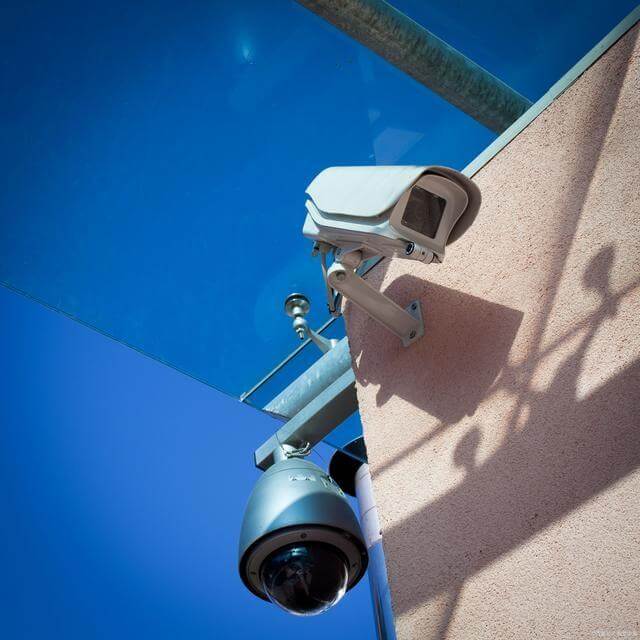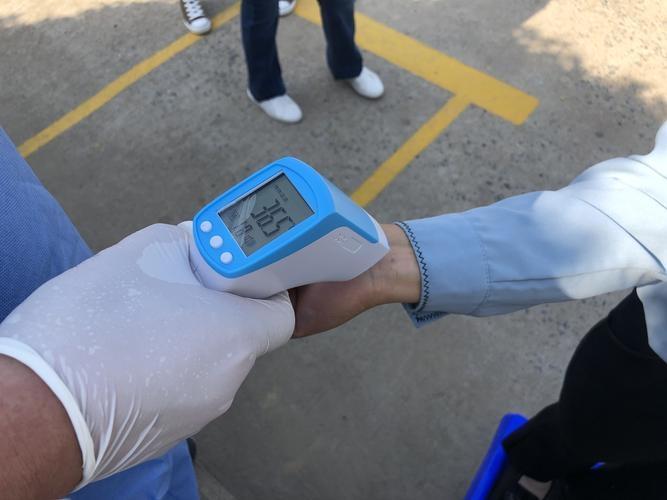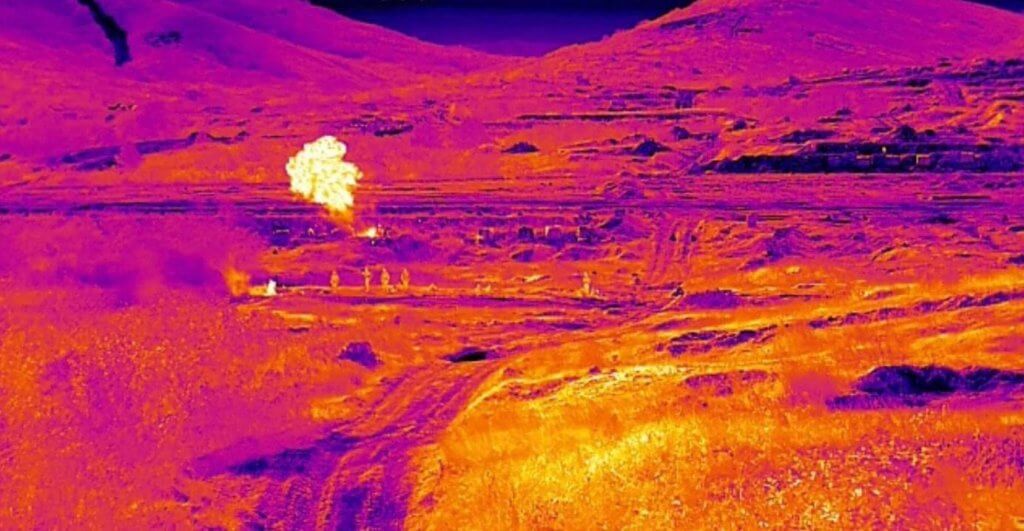Infrared filter: the “golden eye” of thermal imaging security equipment
In the field of security, thermal imaging equipment is like equipping security personnel with a pair of “night vision eyes”, and the “lenses” of these eyes are infrared filters. This special optical component allows thermal imaging devices to “see” clearly in various environments.
The working principle of thermal imaging equipment is actually very interesting. It does not capture visible light like a regular camera, but specifically “looks” at the infrared radiation emitted by objects. All objects with temperatures above absolute zero emit infrared radiation, and thermal imaging devices generate images by detecting these infrared rays. But there is a problem here: there are various bands of infrared radiation in nature, and if not selectively received, the image will become blurry. At this point, an infrared filter is needed to assist.
Infrared filters mainly serve as “band selectors” in thermal imaging equipment. For example, in human temperature measurement applications, filters in the 8-14 micron wavelength range are usually chosen because this wavelength range corresponds exactly to the infrared radiation emitted by the human body. In industrial equipment monitoring, 3-5 micron wavelength filters may be chosen, which are more suitable for detecting high-temperature equipment. This is like installing filters of different colors on a camera, which can highlight specific subjects being captured.
In practical applications, the performance of infrared filters is quite outstanding. For example, in border security, thermal imaging cameras equipped with 8-14 micron filters can detect intruders several kilometers away in completely dark environments. Last year, a border outpost successfully detected and prevented an illegal border crossing incident in dense fog weather using this equipment. In the field of forest fire prevention, 3-5 micron wavelength filters can help thermal imaging equipment detect fire sources earlier. After being used in a certain forest area, the average fire warning time was advanced by 30 minutes.
Looking ahead to the future, infrared filter technology is developing in three directions: firstly, multi band fusion, allowing a device to switch between different bands of filters to adapt to more application scenarios; Next is intelligent adaptation, which automatically selects the optimal working band through AI technology; Finally, miniaturization design allows thermal imaging devices to be made smaller and lighter. It can be foreseen that with the development of these technologies, infrared filters will bring more possibilities to the security field.
From border patrols to urban security, from forest fire prevention to industrial monitoring, infrared filters are enabling thermal imaging devices to see farther, clearer, and more accurately. This small optical component is silently guarding our safety.




